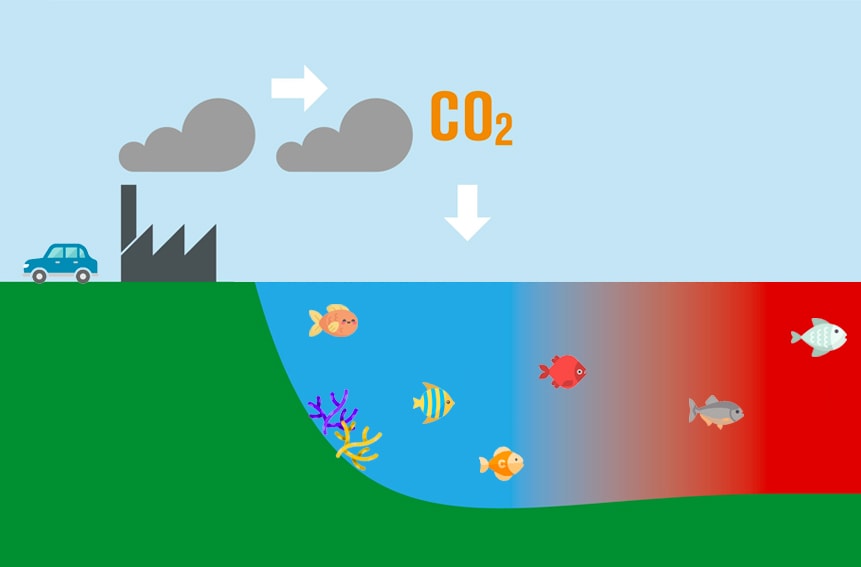Donald Trump held what was essentially a campaign rally in Louisiana this week, and his message was that he deserves credit for reversing the Obama administration’s efforts to combat climate change.
President Trump traveled to an energy state on Tuesday to boast about his administration’s reversal of Obama-era environmental policies, ticking off actions like approving oil pipelines, withdrawing from the Paris climate accord and opening up Arctic drilling that he said have resulted in an “American energy revolution.”
However, back in the reality-based world, the bad news kept coming.
Over the weekend, the climate system sounded simultaneous alarms. Near the entrance to the Arctic Ocean in northwest Russia, the temperature surged to 84 degrees Fahrenheit (29 Celsius). Meanwhile, the concentration of carbon dioxide in the atmosphere eclipsed 415 parts per million for the first time in human history.
Of course, carbon dioxide is a major driver of the greenhouse effect. It is causing global warming. It is also causing ocean acidification. Here’s a chemistry lesson:
When carbon dioxide (CO2) is absorbed by seawater, chemical reactions occur that reduce seawater pH, carbonate ion concentration, and saturation states of biologically important calcium carbonate minerals. These chemical reactions are termed “ocean acidification” or “OA” for short. Calcium carbonate minerals are the building blocks for the skeletons and shells of many marine organisms. In areas where most life now congregates in the ocean, the seawater is supersaturated with respect to calcium carbonate minerals. This means there are abundant building blocks for calcifying organisms to build their skeletons and shells. However, continued ocean acidification is causing many parts of the ocean to become undersaturated with these minerals, which is likely to affect the ability of some organisms to produce and maintain their shells.
If you want lots of seashells on the seashore (or your dinner plate), you definitely don’t want more ocean acidification. You don’t want more CO2 in the atmosphere, and the scientists are giving you new reasons everyday.
In Greenland, for example, the ice sheet’s melt season began about a month early. In Alaska, several rivers saw winter ice break up on their earliest dates on record.
Across the Arctic overall, the extent of sea ice has hovered near a record low for weeks.
Data from the Japan Meteorological Agency show April was the second warmest on record for the entire planet.
It would be difficult to tackle this problem in the best of circumstances, but the leader of the most powerful country on Earth is convinced it’s all a hoax and he’s asking people to pat him on the back for making the problem much worse.
